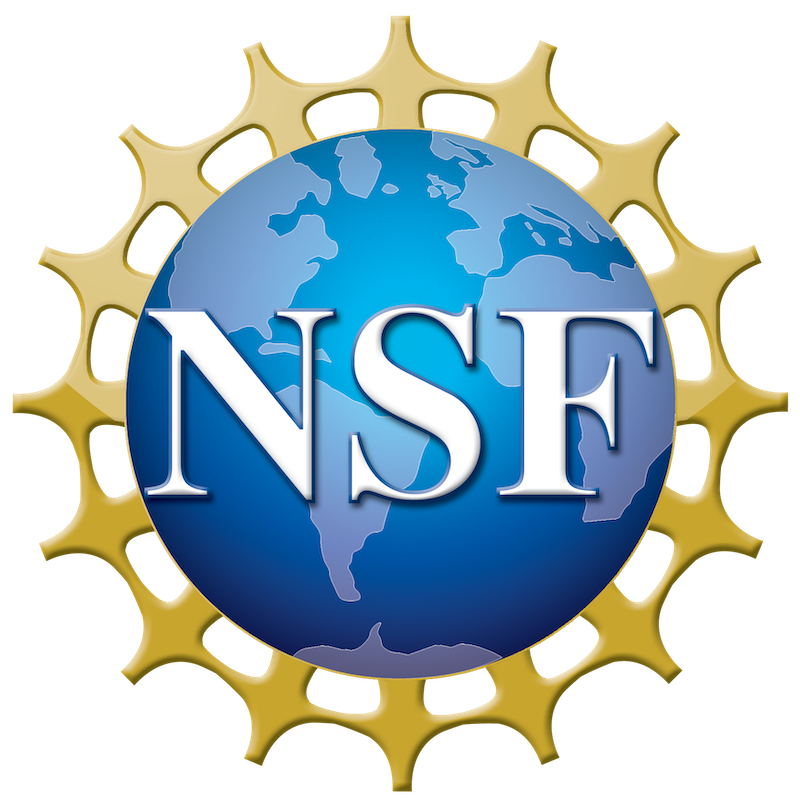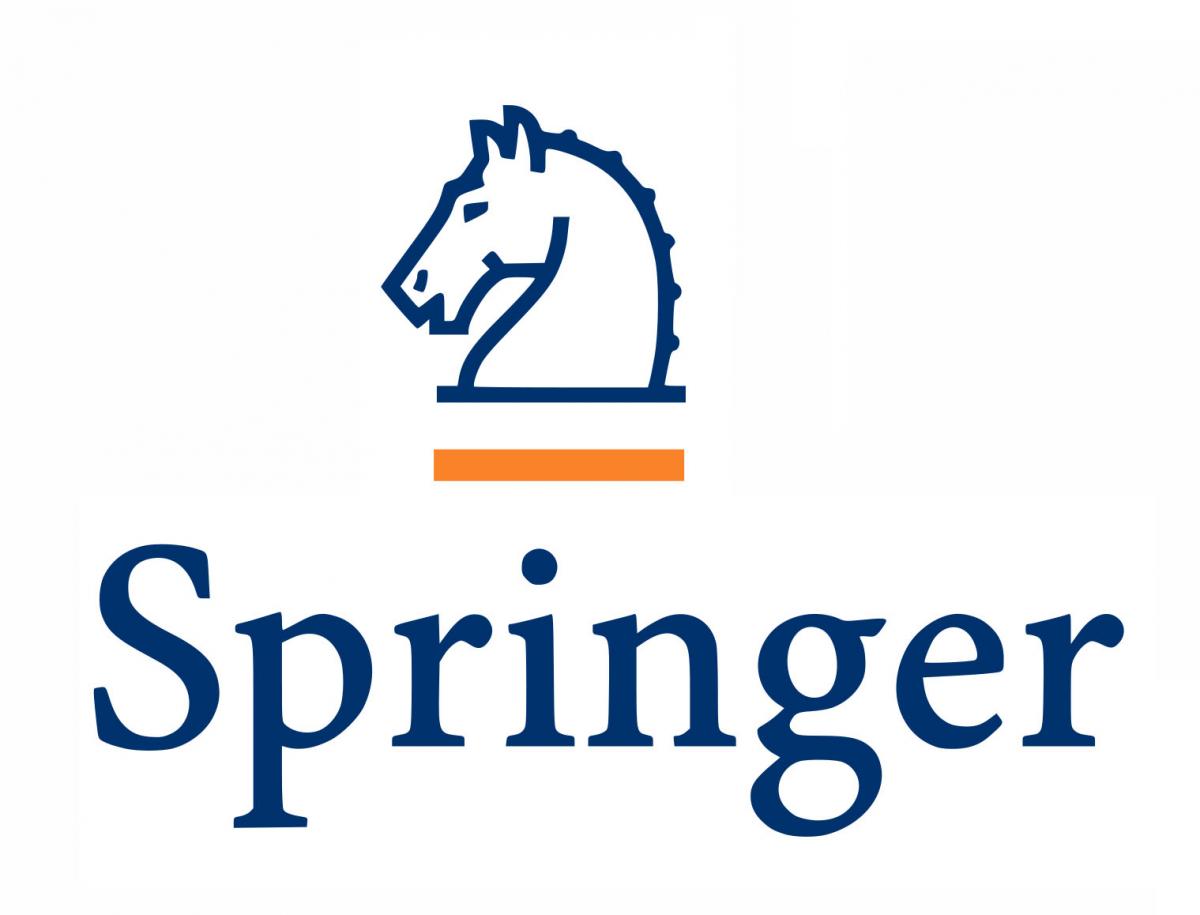Christian Peco,The Pennsylvania State University
Hector Gomez, Purdue University
Franck Vernerey, University of Colorado Boulder
Sulin Zhang, The Pennsylvania State University
Biological materials and soft matter are challenging to study due to their complex composition and the concomitance of different physics at several spatial and temporal scales. The mechanics of biomaterials involve the combination of solid and fluid responses, the ability to withstand large deformations, and fined tuned responsiveness to a variety of stimuli. The aggregation of natural/synthetic soft units generates a new biomechanical hierarchy level, which adds a layer to its complexity and presents a whole plethora of relevant emerging properties. Biological and artificial soft materials exhibit a truly remarkable capacity to develop and adapt to different circumstances, self-organizing, and reacting to external agents. The goal of this minisymposium is to bring together outstanding works in the field of biological structure development and soft matter interfaces, along with the arising physical, chemical, and electrical interactions with the surrounding media. We welcome contributions focusing on any of the different scales involved, comprehensive multiscale studies, and artificial intelligence applications in growth and morphogenesis. Cell-to-cell communication, cell aggregation, tissue and infection growth, and even colony type organisms or robotic biomimetic equivalents are subject of interest of this gathering. We also encourage original contributions in the form of numerical methodologies that could improve the lens through which these phenomena are evaluated. Contributions related to the development of bio-printing technology and its potential application in biomaterial analysis and tissue engineering are also welcome.











